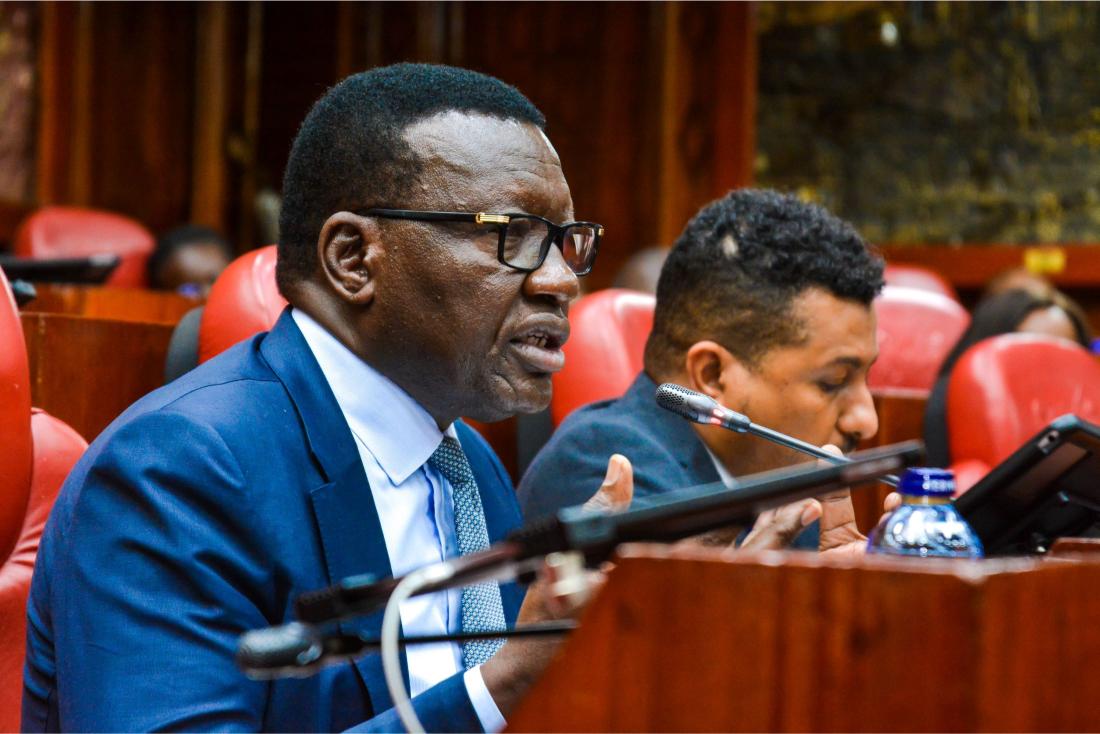The government has unveiled a far-reaching plan aimed at cutting road crash deaths and injuries by half by 2030, with authorities banking on technology, infrastructure redesign, and training to stem the rising toll of accidents.
The measures, contained in a detailed report by the Ministry of Roads, form part of the National Road Safety Action Plan (NRSAP) 2024–2028 launched last year by President William Ruto.
The blueprint is expected to guide the country toward the global target of reducing traffic deaths and serious injuries by 50 percent by the end of the decade.
Road crashes remain among the leading causes of death in Kenya, claiming thousands of lives every year and leaving many others with long-term injuries.
The action plan will be at the center of a three-day national road safety summit beginning today in Mombasa, where Roads Cabinet Secretary Davis Chirchir is expected to push for its full implementation.
“We must interrogate what it is we have to do better to reduce road carnage. We will appreciate that we do so much...and have huge budgets, as well as staff. We must ask ourselves tough questions on why we haven’t reduced road accident deaths to avert an impact on our economy on account of losing lives,” Chirchir said.
A major part of the strategy targets accident blackspots, which are linked to some of the country’s worst crashes. Completed works include the redesign of the Kibarani/Makupa causeway, traffic separation at the Salgaa-Sachangwan stretch, and pedestrian bridges along the Northern Corridor. The dualling of Ngata Bridge is nearly finished, while upgrades are underway at Bonje, Gitaru-Rungiri, and the Coptic roundabout.
The Kenya National Highways Authority is also developing blackspot management guidelines based on international best practices. So far, more than 1,256 kilometers of road network have been assessed for safety through Star Ratings.
The state says ongoing and upcoming projects, such as the Rironi–Nakuru–Mau Summit highway, the Kwa Jomvu–Mariakani road, and the Nyali–Mtwapa–Kilifi corridor, are being reviewed for safety compliance.
Another pillar of the plan is the creation of County Transport and Safety Committees in all 47 counties, with 81 percent of them already inducted to take up their roles. In addition, a framework for automated traffic fines is being considered to improve enforcement and generate revenue.
According to the ministry, the National Transport and Safety Authority has mapped high-risk locations and vulnerable road users across the country, while the Kenya Rural Roads Authority has identified 32 priority roads requiring targeted interventions.
“It is now empirically clear where the hazardous road sections are, who is most affected, and what the primary causes are,” a ministry official said, adding that the data will guide safety audits across all road phases by NTSA, KeNHA, KeRRA and KURA.
In line with these findings, the Kenya Urban Roads Authority has built 87 kilometers of walkways, designed 277 kilometers of urban roads, constructed 17 bridges, and maintained thousands of kilometers of road network.
Vehicle safety is also being strengthened, with the Kenya Bureau of Standards tightening Pre-Export Verification of Conformity checks for imported used cars and developing 35 standards covering speed limiters and electric vehicles.

